Chapter 21: Cranial Nerves
1/35
There's no tags or description
Looks like no tags are added yet.
Name | Mastery | Learn | Test | Matching | Spaced |
|---|
No study sessions yet.
36 Terms
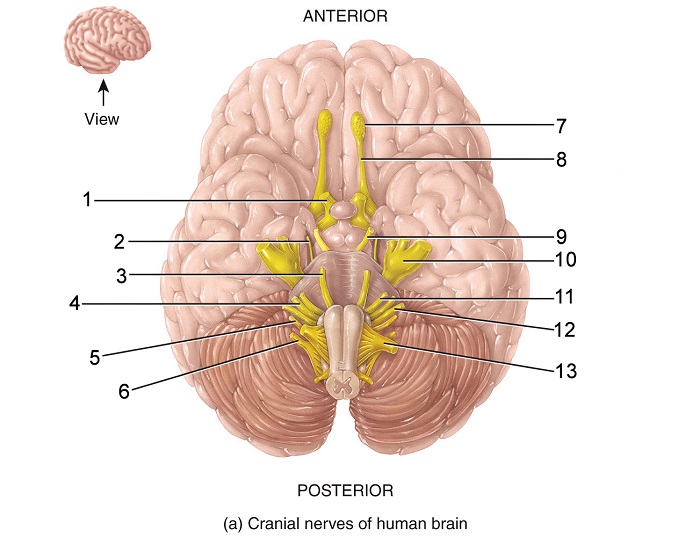
what is 1
optic nerve
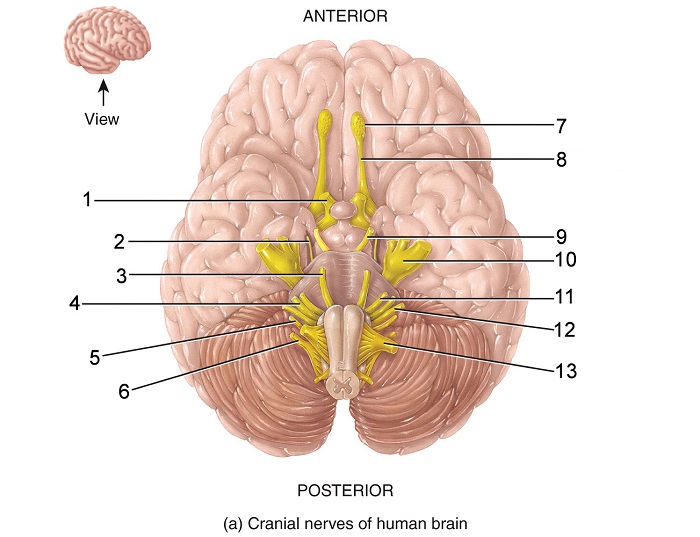
what is 2
trochlear nerve
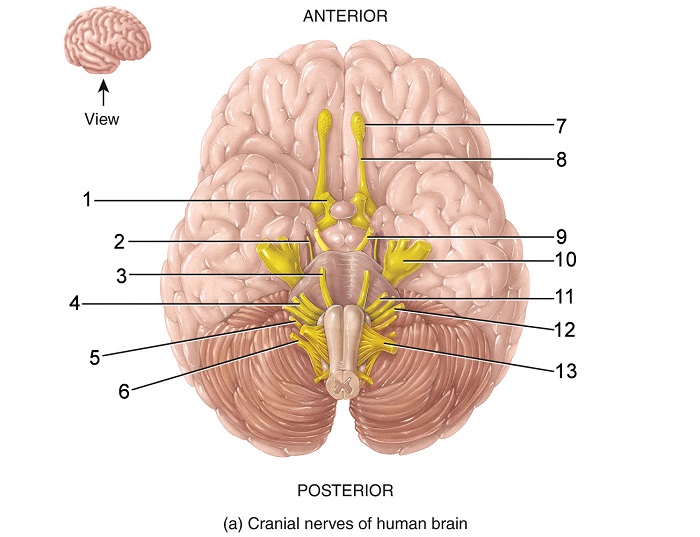
what is 3
abducens nerve
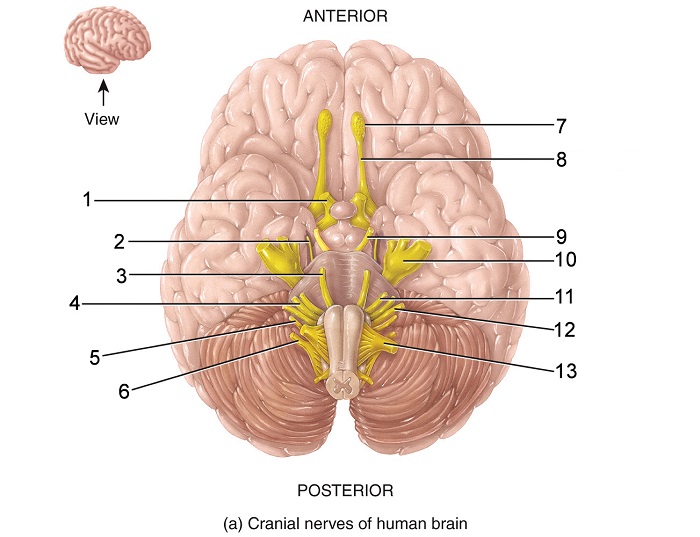
what is 4
vestibulocochlear nerve
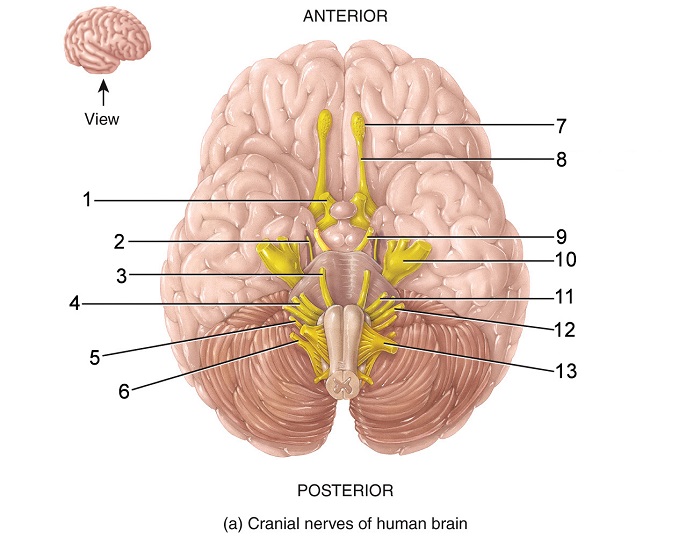
what is 5
vagus nerve
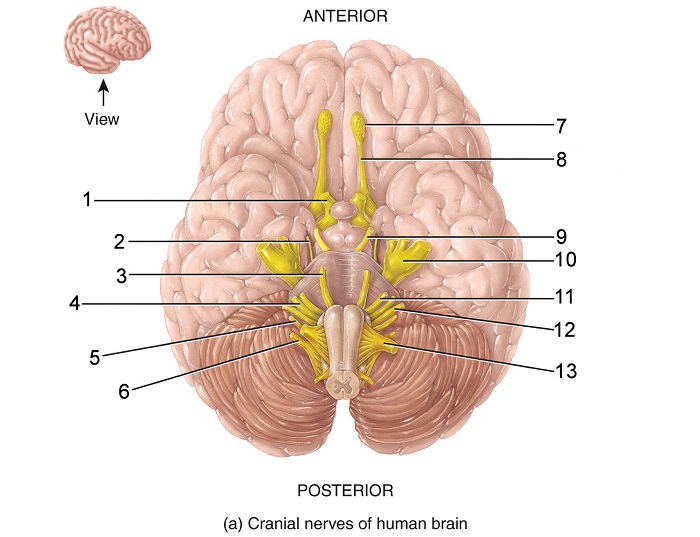
what is 6
accessory nerve
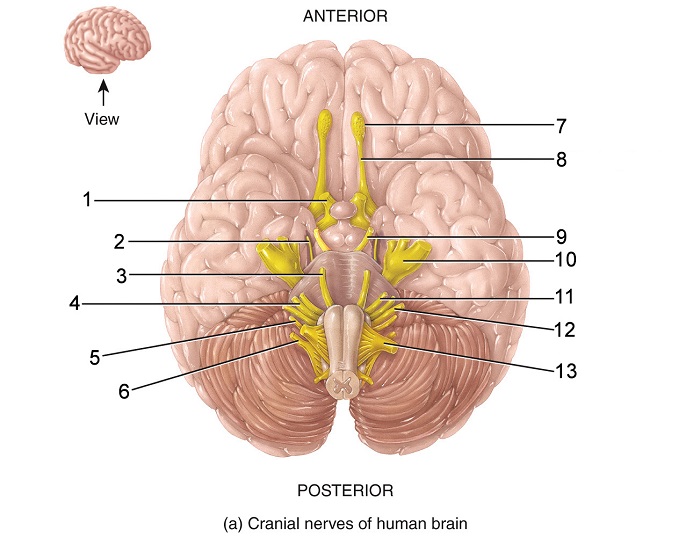
what is 7
olfactory bulb
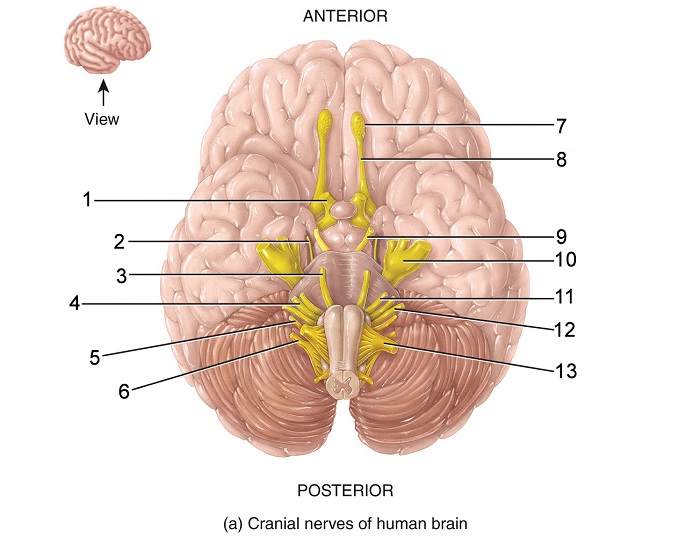
what is 8
olfactory tract
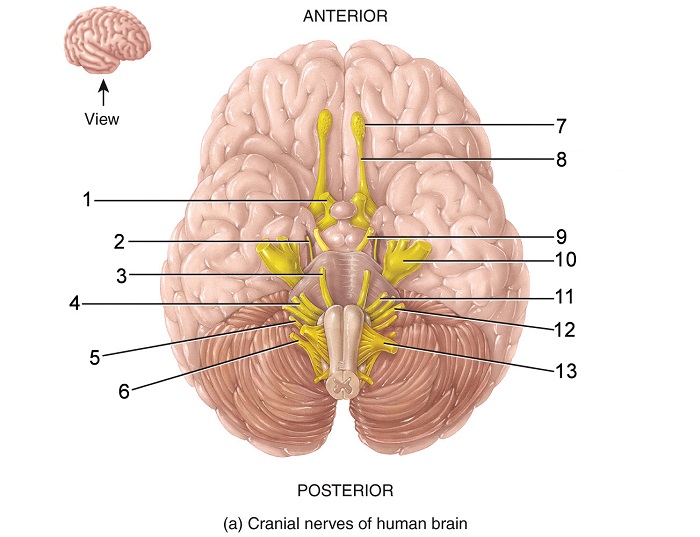
what is 9
oculomotor nerve
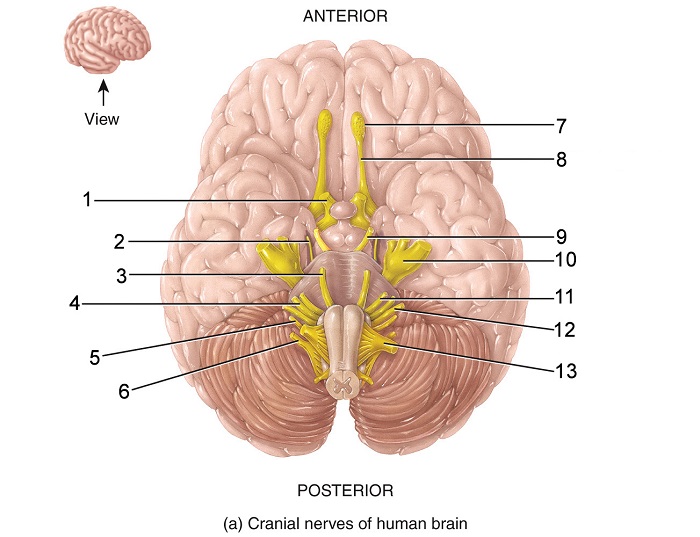
what is 10
trigeminal nerve
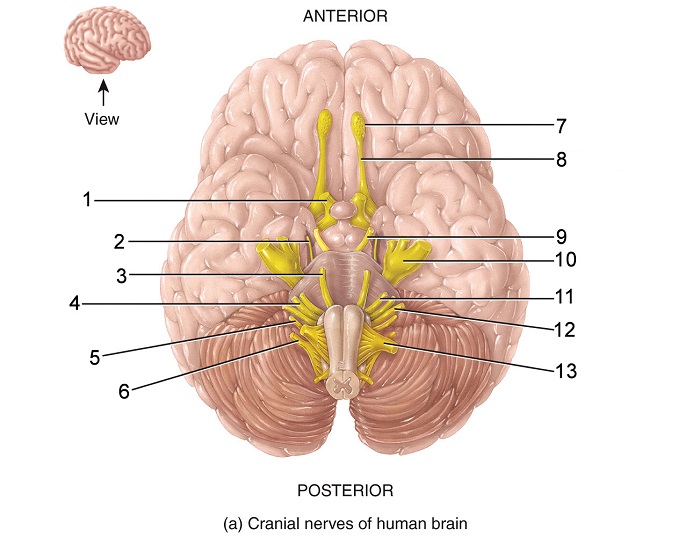
what is 11
facial nerve
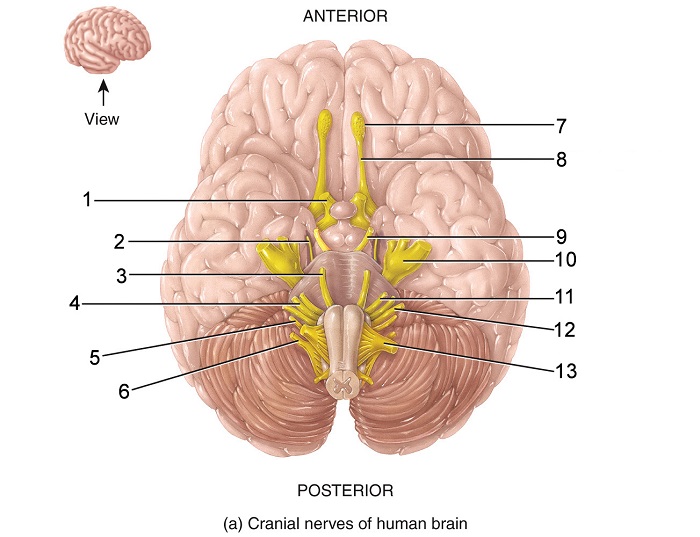
what is 12
glossopharyngeal nerve
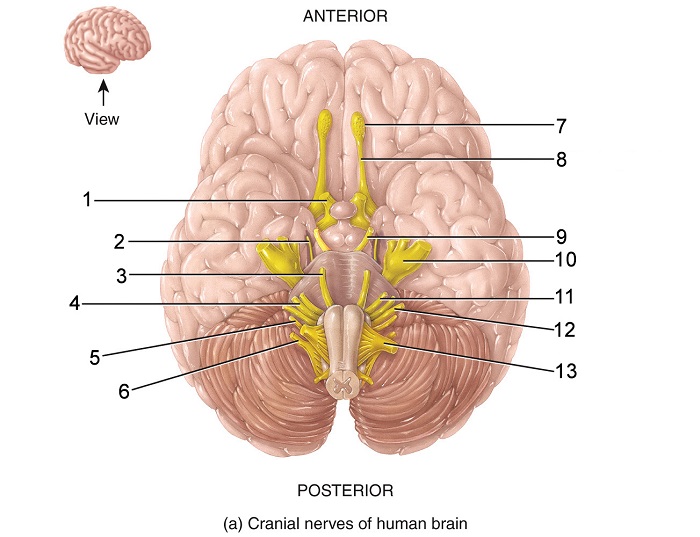
what is 13
hypoglossal nerve
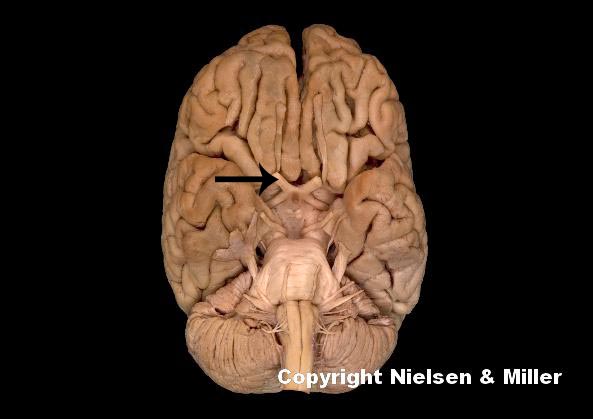
what is indicated nerve
optic nerve
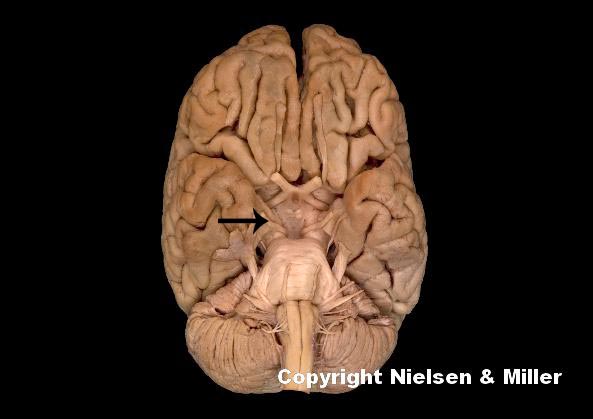
what is indicated nerve
oculomotor
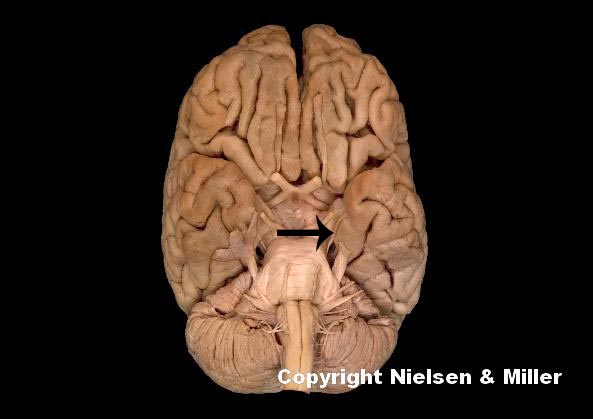
what is indicated nerve
trochlear
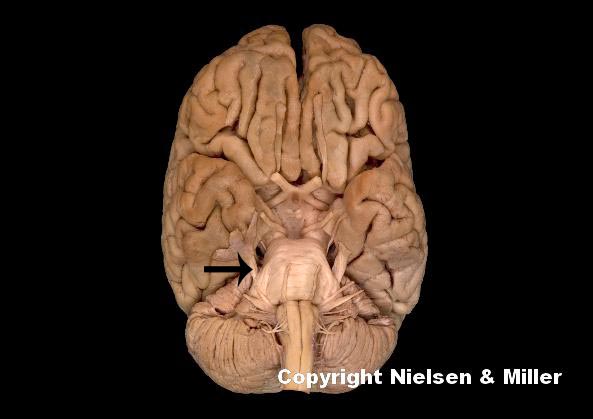
what is indicated nerve
trigeminal
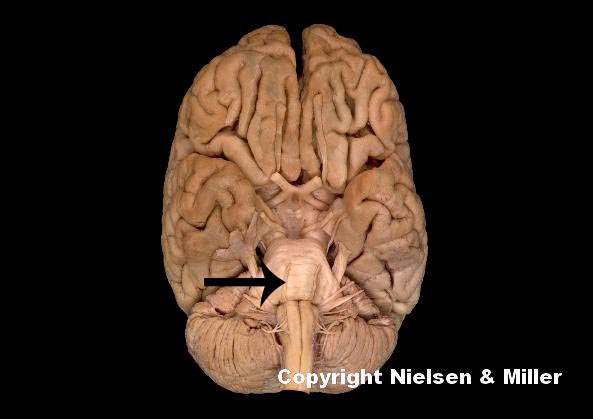
what is indicated nerve
abducens
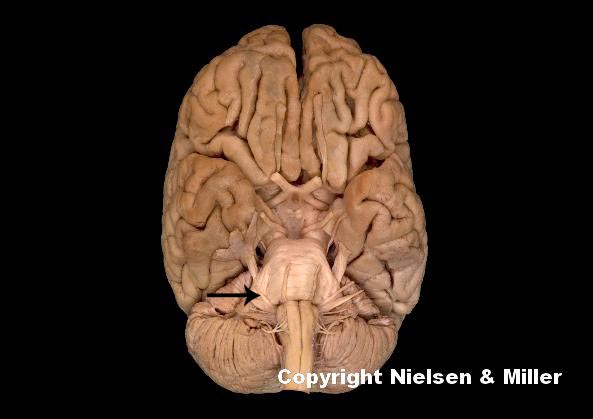
what is indicated nerve
facial
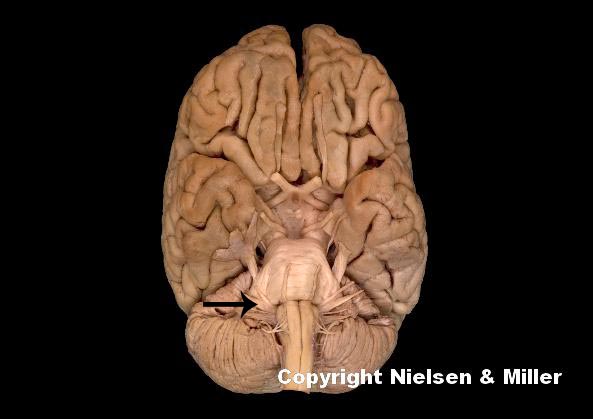
what is this indicated nerve
vestibulocochlear
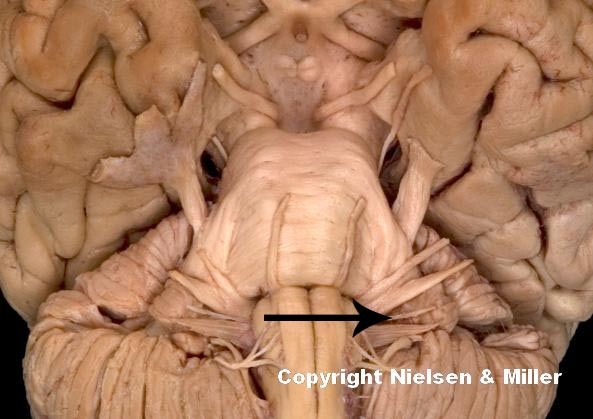
what is indicated nerve
glossopharyngeal
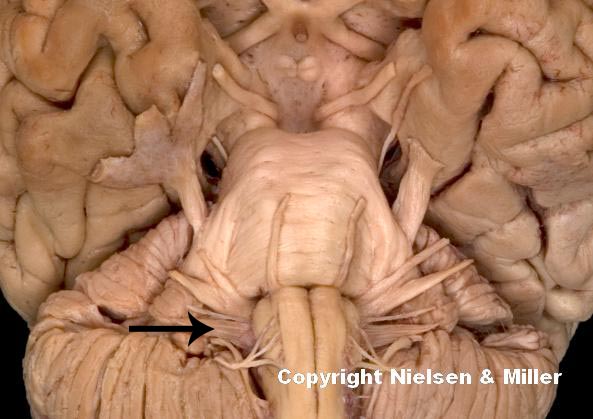
what is indicated nerve
vagus
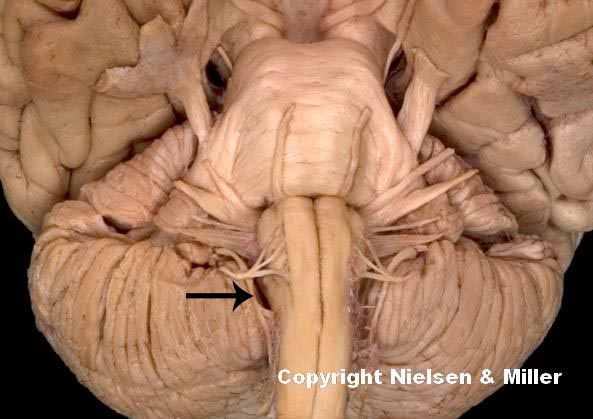
what is indicated nerve
accessory
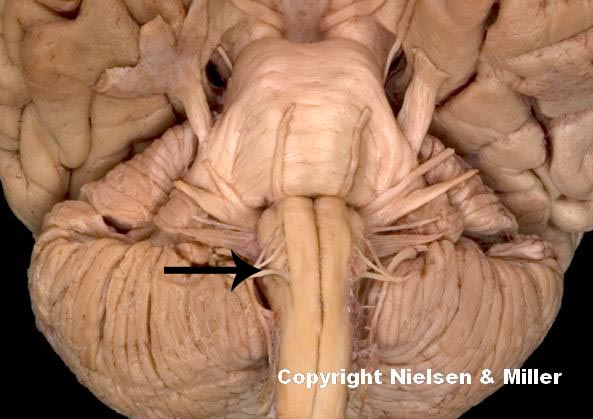
this indicated cranial nerve functions in ____, manipulation of food, swallowing
speech
the trochlear nerve is primarily _____
motor
the trigeminal nerve is _____
sensory and motor
the abducens nerve is primarily ____
motor
the facial nerve is ____
sensory and motor
the vestibulocochlear primary function is ____
sensory
the glossopharyngeal nerve is _____
sensory and motor
the vagus nerve is _____
sensory and motor
the hypoglossal nerve is primarily _____
motor
the accessory nerve is primarily ____
motor
injury to this nerve causes Bell’s palsy - a loss of taste, decreased salivation, and loss of ability to close eyes
facial
injury to this nerve causes loss of taste sensation, decreased salivation, and difficulty swallowing
glossopharyngeal
injury to this nerve causes paralysis of vocal cords, interferes with swallowing, increased heart rate, and interrupts sensation from organs
vagus